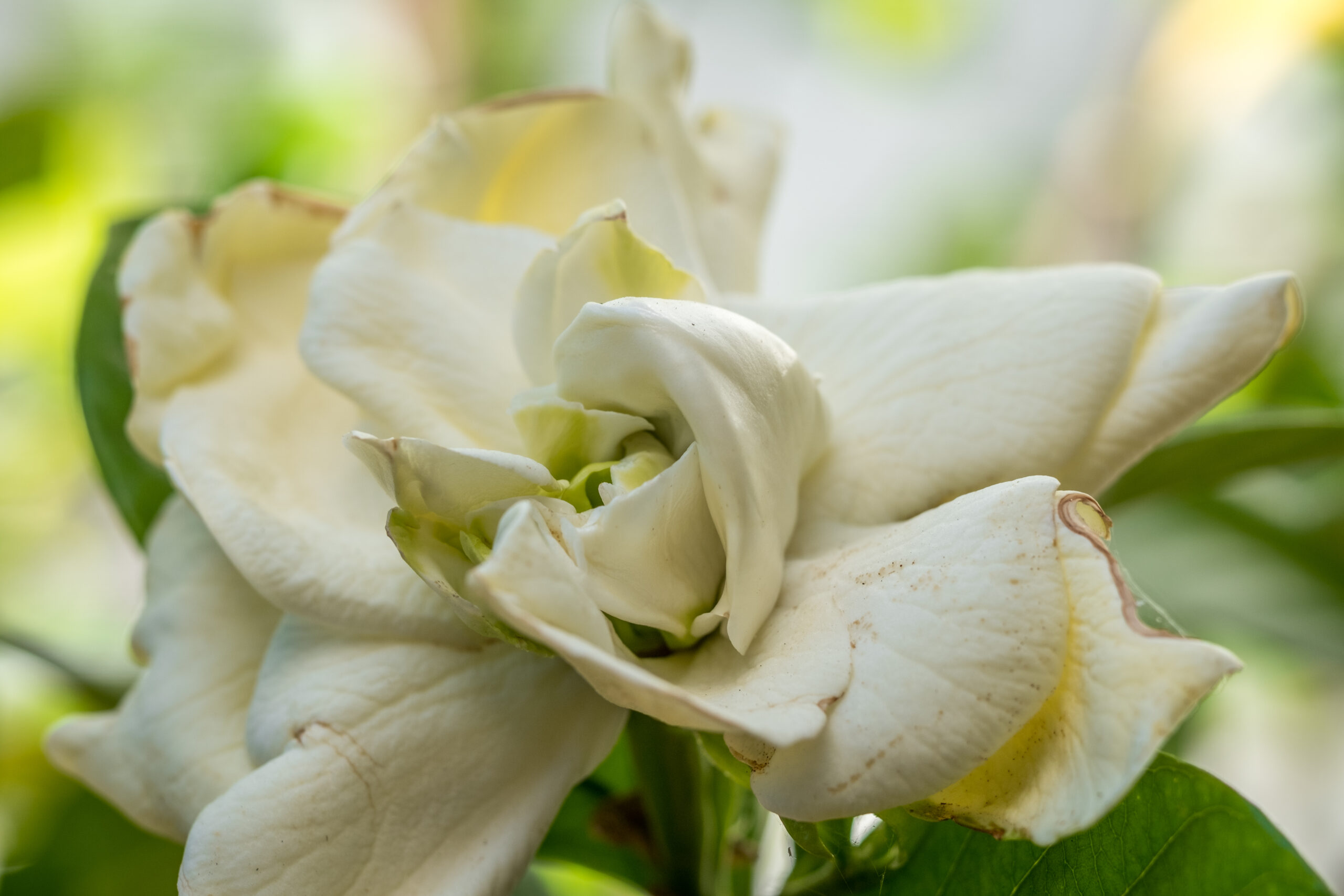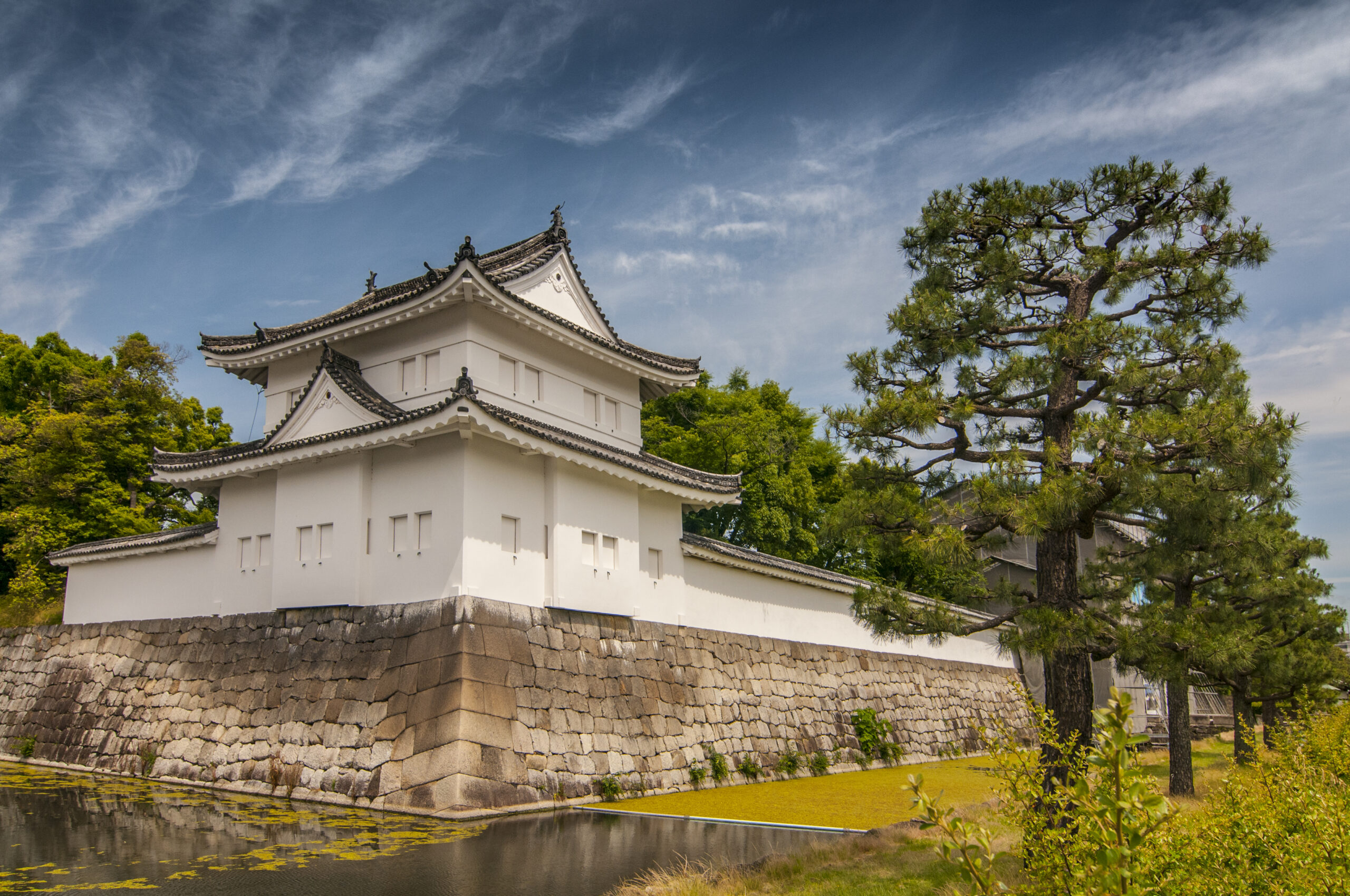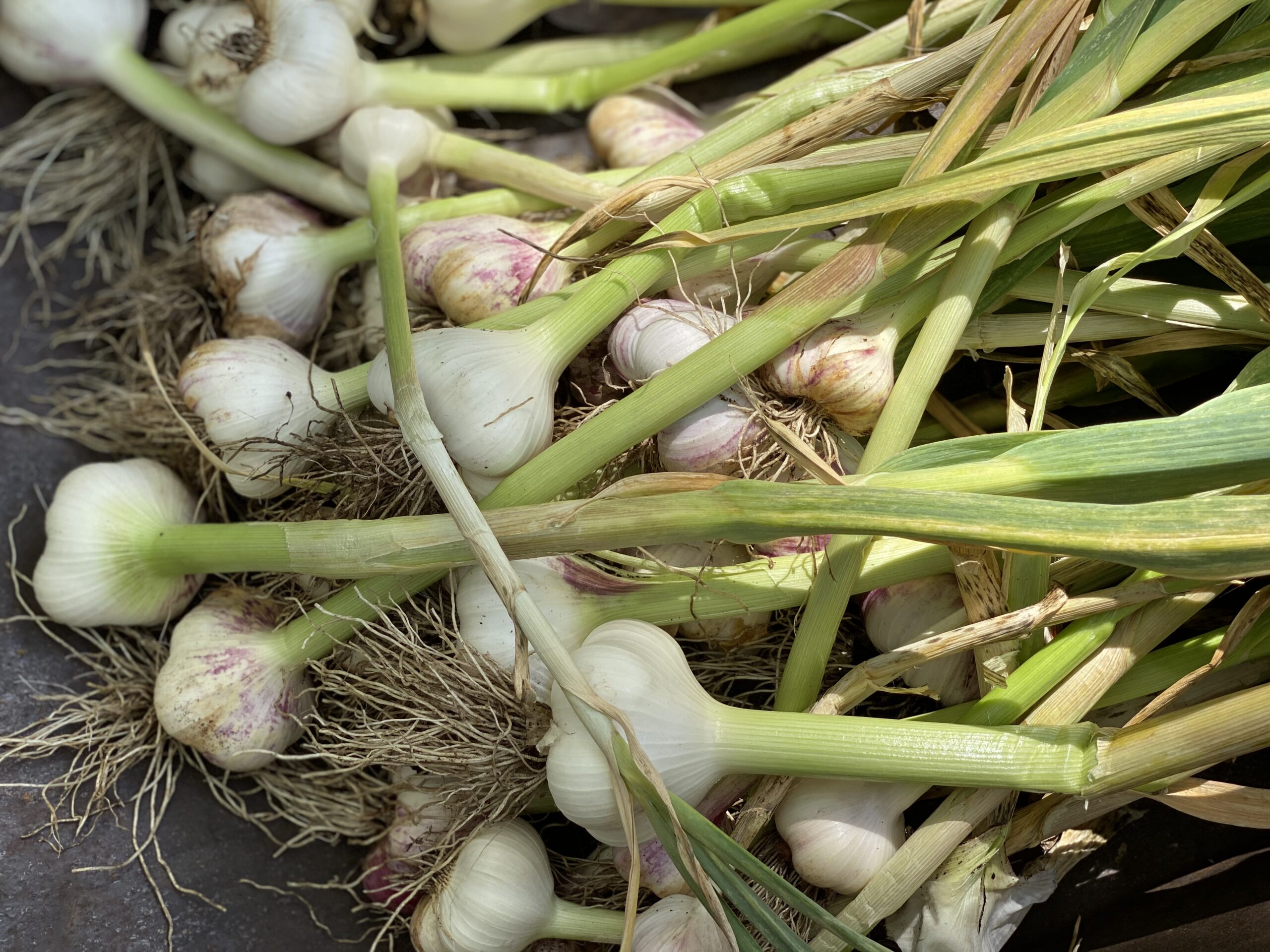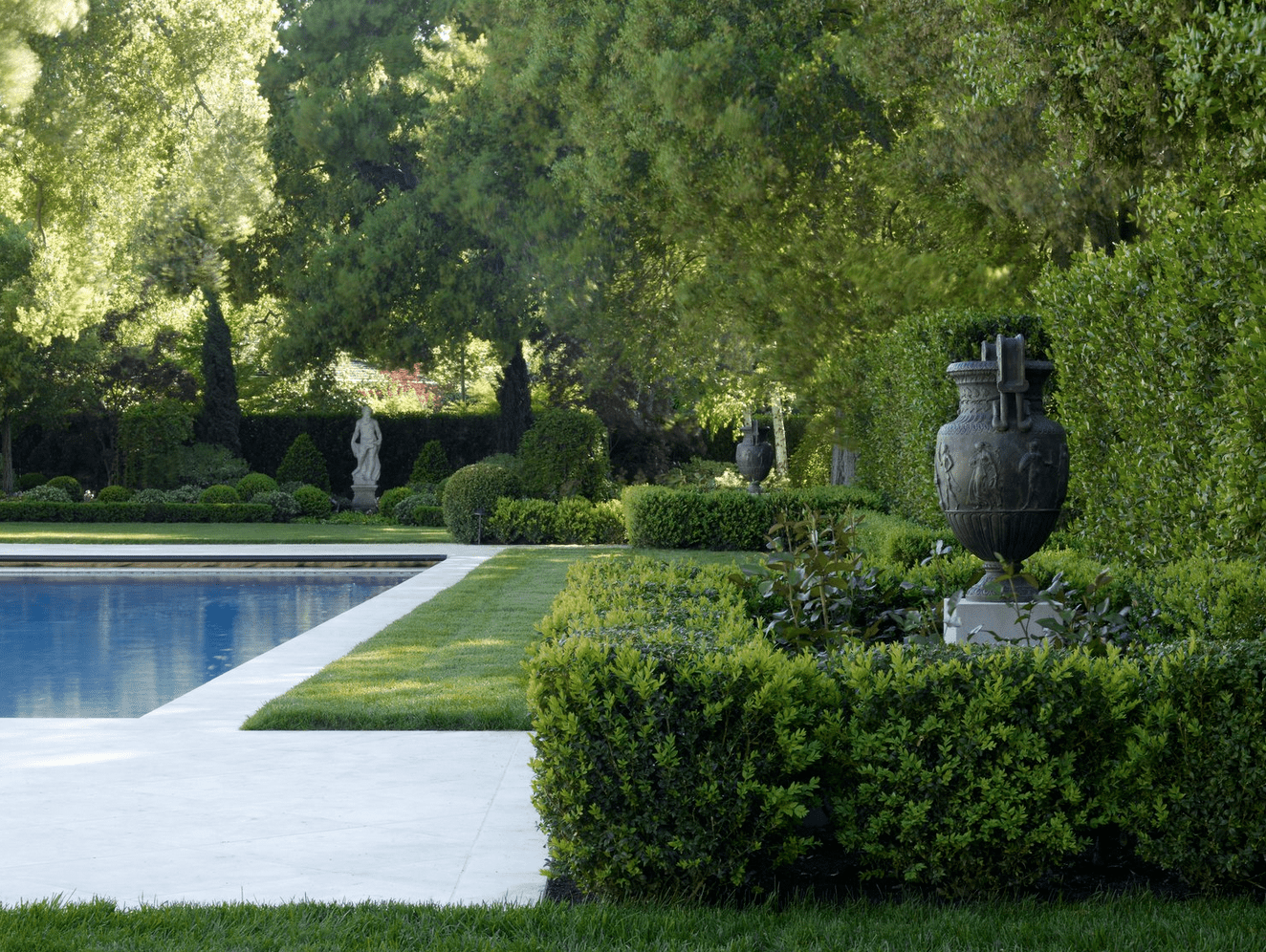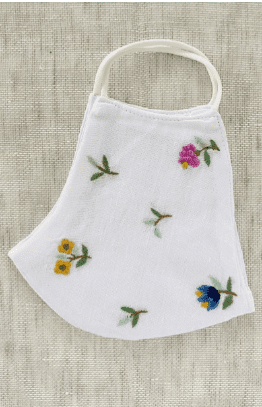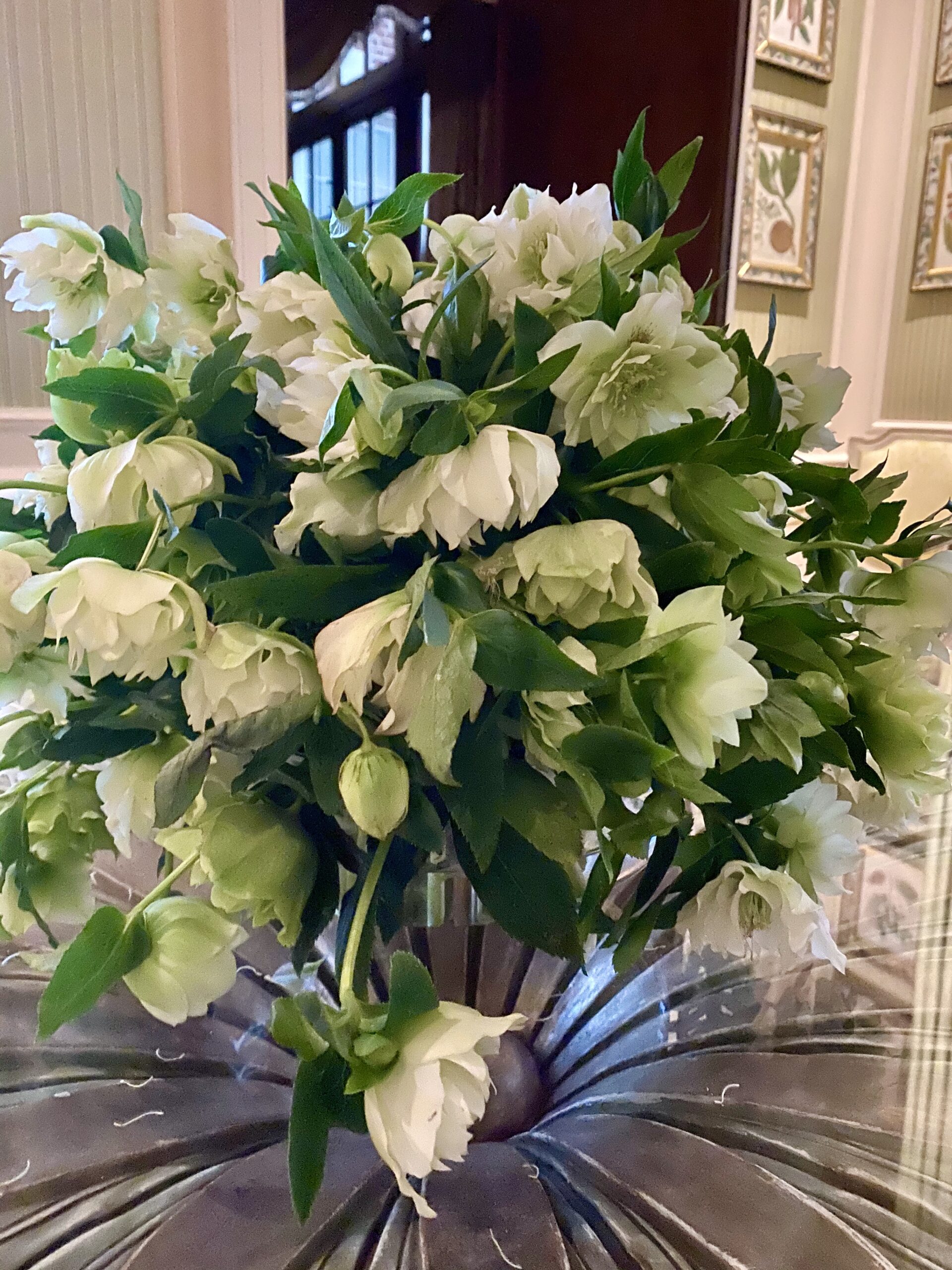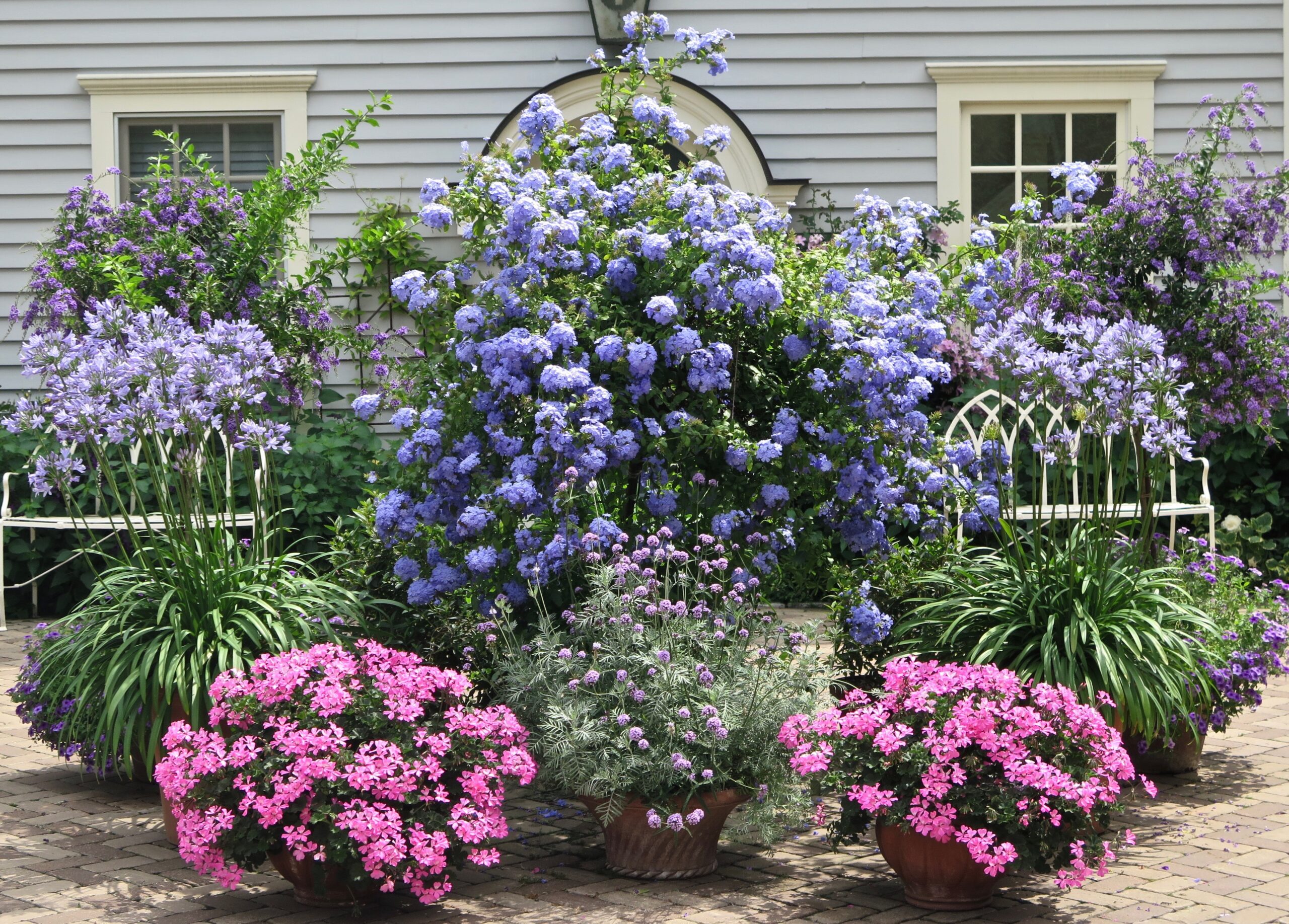Last summer, I purchased a gardenia plant (an evergreen shrub with wonderfully fragrant white flowers) that Van Winden’s Nursery plant experts promised me would be happy in the shade. I wanted to have one by my front door so we could enjoy that wonderful fragrance they provide. I put it in a terracotta pot, with plenty of room for its roots to grow over time, and watched its progress over the last year. It survived last winter’s frost, winds and unusual rain levels with no problems.
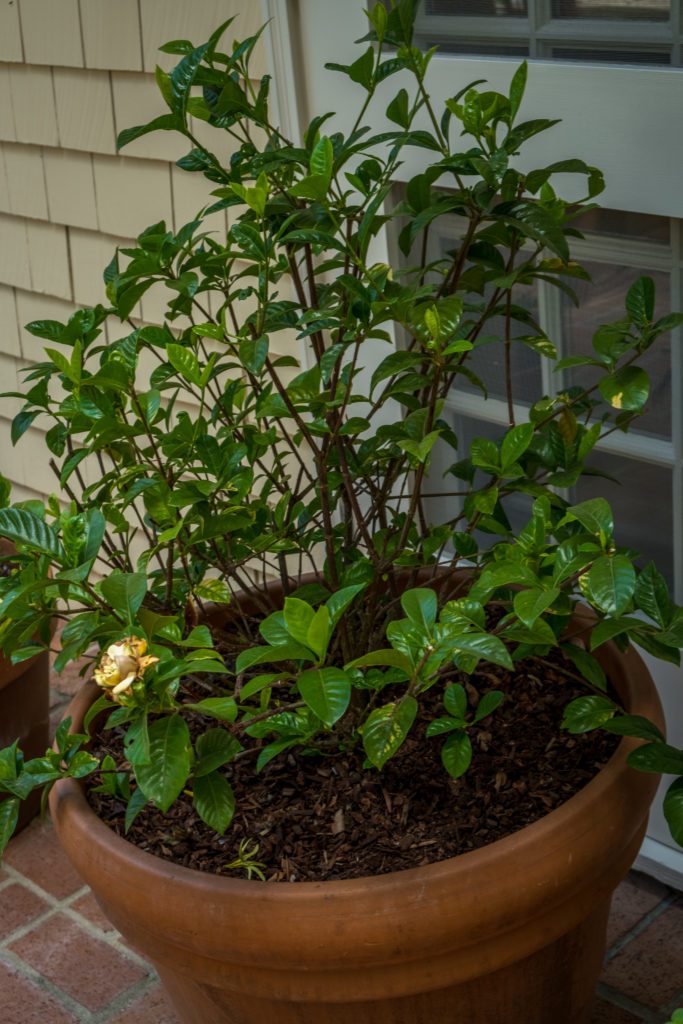

This past month, we were rewarded with its first two flowers, which were so beautiful that they were worth the wait. However, I’d like to see if we can be more successful with the number of blooms we have. I also think the foliage can be fuller. I found a fantastic and complete guide for growing successful gardenias this morning in SF Gate. The guidance below is taken verbatim from their article:
- Plant gardenias in pots to ensure they thrive when the temperatures dip below 59 degrees Fahrenheit. These frost-tender plants can be brought indoors more easily or moved onto a sun porch for protection. To plant them in the ground in cooler climates, choose a sunny western or southern exposure to maximize the amount of sun the plant receives. In a warmer climate, plant gardenias in an area that receives filtered afternoon shade or where it receives protection from the blistering sun. However, too much shade can minimize blooms.
- Choose a potting medium or soil amendments that are acid-rich. Gardenias love acidic, well-drained soils and providing a healthy soil in which the plant can thrive equates to more vigorous blooms. Ideally, the pH balance of the soil should be 5.0 to 5.5.
- Fertilize an in-ground gardenia shrub with a water-soluble azalea or gardenia food three times a year: spring, summer and fall. Container-bound gardenias should be fertilized monthly. Depending on the size of your shrub, add the appropriate amount of fertilizer to the plant to promote healthy, glossy leaves and large blooms. When you are unable to locate gardenia fertilizer, choose one that is as close to a balance of 15-5-10 that you can find.
- Promote the overall health of the shrub by adding sulfur to the native soil or potting medium, which helps maintain the deep-green, glossy leaves. The ideal times of year for this soil amendment are around Valentine’s Day and then again around the 4th of July.
- Water the gardenia when the top 2 inches of the surrounding soil become dry. Gardenias prefer moist soil and when the soil is too dry, the plant protects itself by reserving bloom production, saving essential moisture and nutrients for the roots. However, when you overwater the plant to the point it remains soggy, it becomes prone to root rot or mildew.
- Prune woody branches and spent flowers to focus the plant’s production on new growth and blooms and to maintain the shrub’s compact shape.
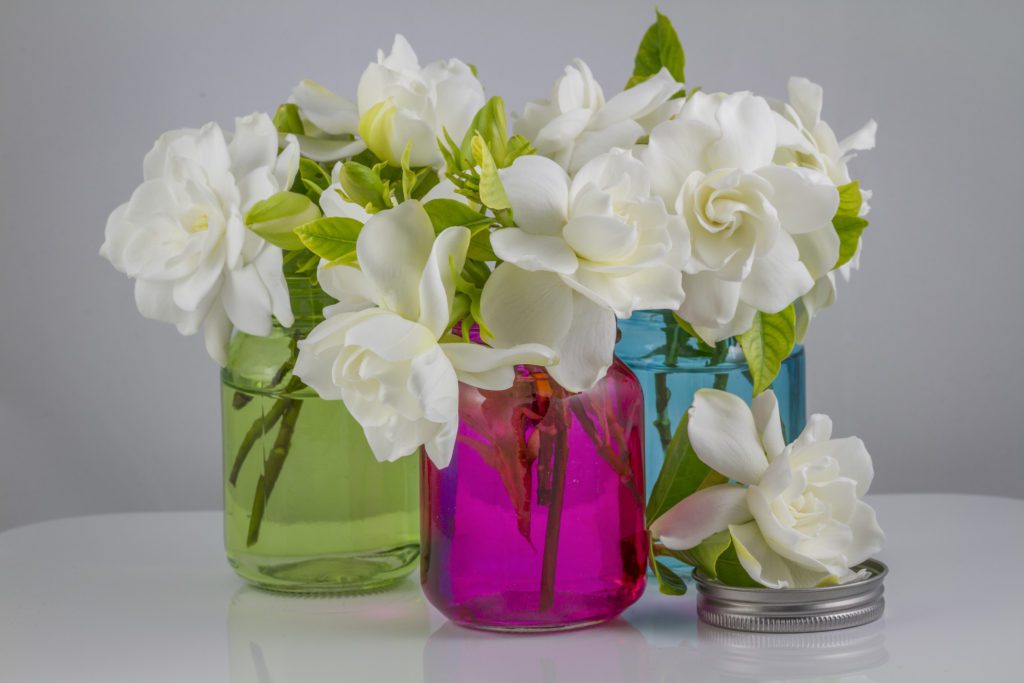

Tips:
- Plant a gardenia along a walkway, by a door or near windows so the fragrance greets you and your guests.
- Do not fret if a good number of the leaves yellow and then fall from the shrub in the early spring. This process is called senescence and is a natural evolution of shedding old leaves to make room for new, healthy leaves. As long as the new leaf growth is a healthy deep green and the plant continues to flower, the gardenia is probably healthy.
- Clip three gardenia blooms just below the first set of leaves and place in a bud vase for a fragrant and natural decorative touch indoors. Remember to cut the stems at an angle.
- Gardenias are ideal for U.S. Department of Agriculture plant hardiness zones 8 through 11.
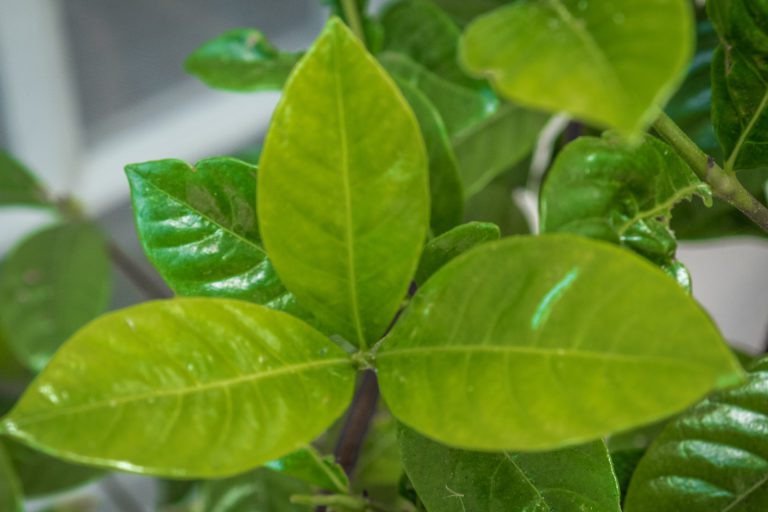

Thanks SF Gate for this terrific guidance. I now know that I have a little more work to do with my gardenia to make the plant as healthy and happy as possible.

